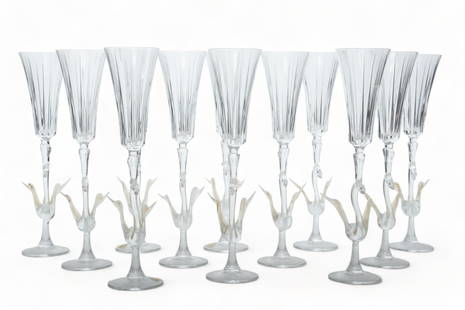
Arturo Luz (1926 - 2021) Black Forms, White Space
Similar Sale History
View More Items in Home & Décor
Related Home & Décor
More Items in Home & Décor
View More


Item Details
Description
Black Forms, White Space
signed (lower left) 2018
aluminum
36" x 60" x 4 1/4" (91 cm x 152 cm x 11 cm)
Accompanied by a certificate issued by Ms. Luisa Luz-Lansigan confirming the authenticity of this lot
Arturo Luz once said in 1973: “My work is linear or geometric, and that’s it, essentially. I cannot imagine myself going conceptual or surrealistic tomorrow.” In 1963, the defunct Rizal Theater was built on a parcel of land at the prime corner of Ayala and Makati Avenues (now occupied by another Makati landmark, the Makati Shangri-La). It was designed by National Artist for Architecture Juan Nakpil. Arturo Luz would be commissioned by his friend, Fernando Zóbel, to do some drawings on a blank concrete wall in the lobby. Luz recalls this moment in Cid Reyes’ book on him. “With no prior study, and with my cans of black paint and two brushes, I started to do these doodles of a city scene,” Luz says. “Eventually, I began to fill up the wall with all these lines. I was painting direct on the concrete wall, which I had prepared with a yellow background. In fact, Zóbel himself got interested and added a few of his lines. In three days, I finished the entire wall. Years passed, and the mural began to suffer from discoloration and molds. Luz recalls his solution to fix the issue: “To this day, I still remember my solution to the problem. I said, ‘Plaster it!’” In the latter half of the 1970s, Luz would be commissioned to create a mural for the lobby of the Cultural Center of the Philippines’ Bulwagang Carlos V. Francisco. Reyes writes in Arturo Luz: “In preparing for the large mural at the Cultural Center (Carlos V. Francisco Hall), Luz learned from his Rizal Theatre experience. Several wood panels were seamlessly conjoined together...Executed in black-and-white automotive lacquer, animated by simple patterns and forms, a dynamic and expansive realization of positive and negative space. Working on a grid, Luz spiked the design with sharp triangular forms, tempering these at the same time, graced by arching edges.” The CCP mural, aptly titled Black Form, White Space, would serve as an impetus for numerous similar works bearing Luz’s mastery in exploring the endless possibilities between forms and spatial relationships. Here, the non- objective art style that Luz imbibed in his works in the late 1960s becomes more conspicuous. The work at hand bears similarities to the CCP mural, albeit on a smaller scale. In this piece, we see Luz in a different light: a non-representational artist aiming for heightened simplicity and veering away from the figurative Luz that painted cyclists, musicians, and acrobats. Here, Luz gives more emphasis to the fundamentals of art: shapes, forms, colors, and space. Taking cues from Oriental aesthetics, Luz establishes spatial depth through the subtle and harmonious convergence of the composition’s white space with another flat surface of the same color. Thus, illusions of seemingly infinite space and volume are engendered, highlighting Luz’s firm adherence to his distilled geometric visual language. Reyes notes that Luz’s venture into this kind of artistic practice made him join the ranks of what art critic Lawrence Alloway called “One-Image” artists. Alloway notes this as “a possible term for repeated use of a configuration...All the One-Image artist has to have done is to have painted his earlier work... Here, forms become meaningful, not because of ingenuity or surprise, but because of repetition and extension. The recurrent image is subject to continuous transformation, destruction, and reconstruction; it requires to be read in time as well as in space...In One-Image art, we look for variety within conspicuous unity.” (A.M.)
Buyer's Premium
- 22%
Arturo Luz (1926 - 2021) Black Forms, White Space
Estimate ₱2,800,000 - ₱3,640,000
Shipping & Pickup Options
Item located in Makati City, Metro Manila, phSee Policy for Shipping
Payment

TOP




































































